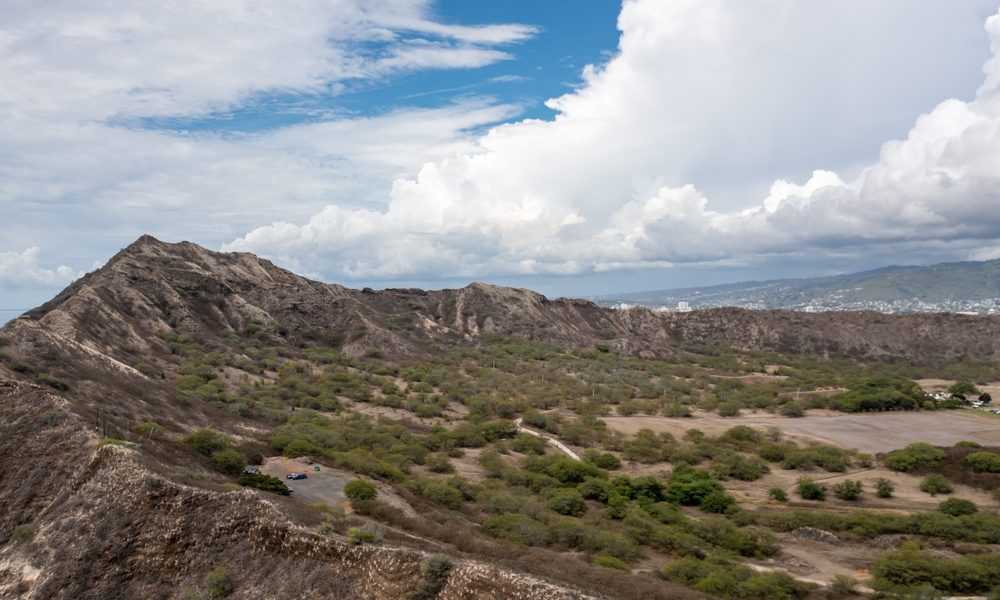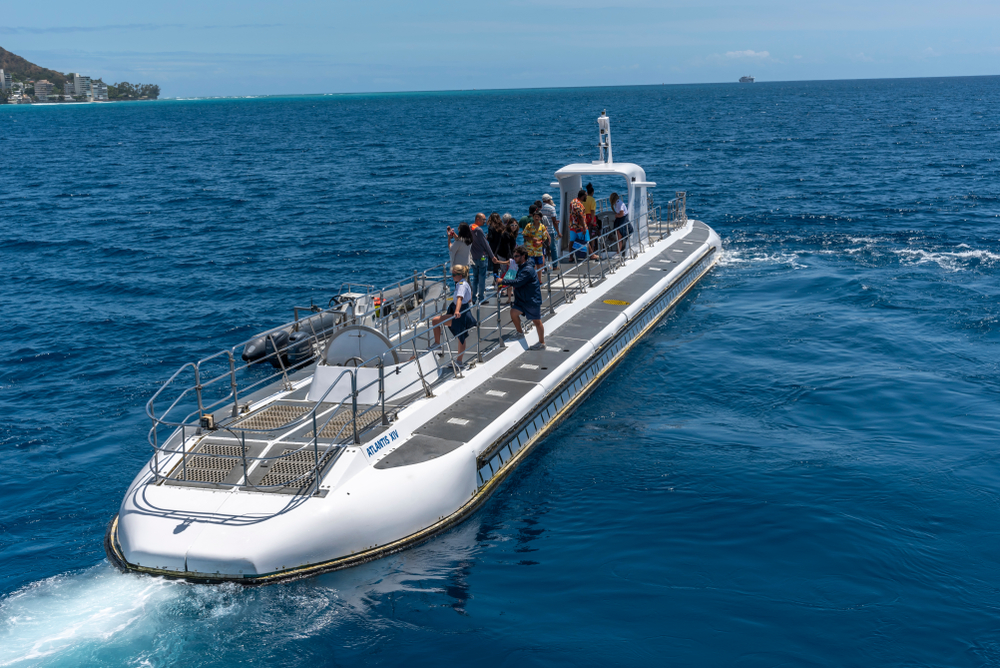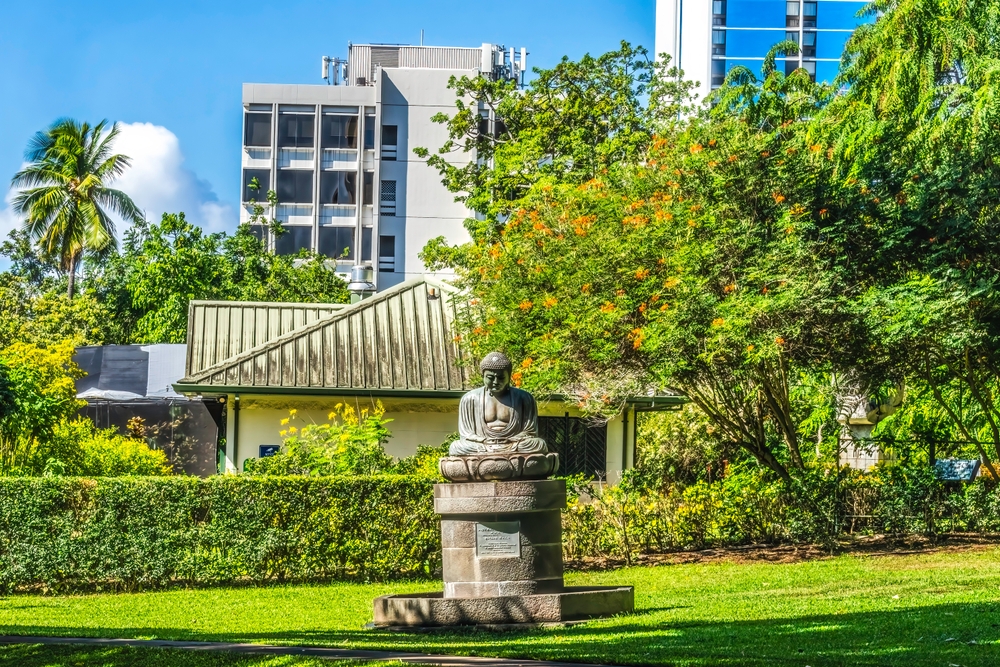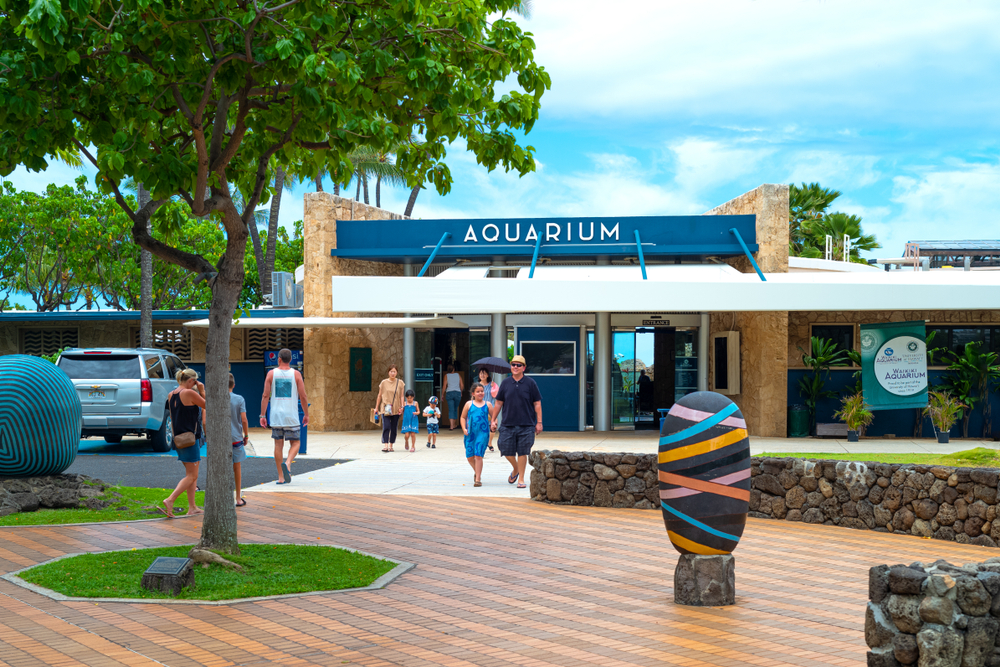Nestled on the southeastern coast of O’ahu in Hawaii lies the Hanauma Bay Nature Preserve, a pristine marine ecosystem renowned for its crystal-clear waters, abundant marine life, and unique geological formations. This natural crescent-shaped bay was declared a protected marine life conservation area and underwater park in 1967. It is not only a popular spot for snorkeling, swimming, and sunbathing but also an important educational resource for visitors to learn about marine conservation. Over the years, Hanauma Bay has become one of Honolulu’s most beloved attractions, drawing tourists and locals alike eager to experience its beauty.
History and Geological Formation
Ancient Volcanic Activity
Hanauma Bay’s origins date back approximately 32,000 years when volcanic activity on the island of O’ahu led to a series of eruptions that shaped the landscape. The bay itself is the result of a volcanic crater’s seaward wall collapsing, allowing ocean waters to flood in and create a natural marine embayment.
Cultural Significance
In ancient times, the bay was an important fishing ground for Native Hawaiians, who practiced sustainable fishing methods to ensure the conservation of resources. The name “Hanauma” is derived from the Hawaiian words “hana,” which means “bay,” and “uma,” referring to the curves of the indigenous canoes.
Conservation Efforts
Due to its popularity, the bay faced environmental stress from overuse. To preserve its delicate ecosystem, the state of Hawaii transformed the area into a nature preserve. Strict regulations were implemented to minimize human impact, including limiting the number of visitors per day and establishing an educational program to inform the public about the importance of marine conservation.
Natural Beauty and Marine Life
The Bay’s Waters and Reef
The bay’s clear blue waters offer visibility that can exceed 30 feet on a calm day, allowing for an unparalleled view of the marine life below. The bay’s floor is a natural tapestry of coral reefs teeming with life. These reefs provide habitat for a vast array of marine species and are one of the main attractions for snorkelers and divers.
Marine Species
Hanauma Bay is home to over 400 species of fish, several types of corals, and other marine life such as octopuses, eels, and sea turtles. Some of the most commonly seen fish include the humuhumunukunukuapua’a (Hawaii’s state fish), the parrotfish, and the Moorish idol. The bay is also a sanctuary for the endangered Hawaiian green sea turtle, known locally as “honu.”
Visitor Experience
Access and Facilities
To protect the bay’s ecosystem, all visitors are required to watch an educational video about the marine life, preservation, and safety rules of the bay before descending to the beach. The preserve is equipped with facilities like restrooms, showers, a snack bar, and a gift shop. There’s also a tram service for those who prefer not to walk down the steep path to the beach.
Snorkeling and Safety
Snorkeling in Hanauma Bay is a must-do activity for many visitors. The bay’s calm and shallow waters near the beach are perfect for beginners, while the outer reefs challenge more experienced snorkelers. Lifeguards are on duty to ensure safety, but visitors are always reminded to respect the marine life and to avoid stepping on or touching the coral.
Educational Programs
The Hanauma Bay Education Program, run by the University of Hawaii, offers presentations and guided tours to help visitors understand the ecological importance of the preserve. These programs aim to foster environmental stewardship and teach visitors how to interact with the bay in a sustainable way.
Conservation and Preservation
Managing Visitor Impact
To reduce the environmental footprint, a cap on the number of visitors allowed into the bay each day is enforced. The preserve is also closed every Tuesday to give the bay a day of rest from human activity, which helps the ecosystem maintain its resilience.
Research and Monitoring
Scientists regularly monitor the water quality, coral health, and marine life populations in Hanauma Bay. This ongoing research helps in making informed decisions about the management of the preserve and contributes to broader conservation efforts in marine environments around the world.
Community Involvement
Local community groups often participate in beach clean-ups and conservation projects. These volunteer efforts help to maintain the beauty of the bay and engage the community in its protection.
Challenges and Future Outlook
Environmental Threats
Despite conservation efforts, Hanauma Bay faces challenges from climate change, such as coral bleaching, and the potential for ocean acidification. These threats could alter the delicate balance of the bay’s ecosystem and reduce biodiversity.
Sustainable Tourism
Finding the balance between allowing people to enjoy the bay’s beauty and preserving its natural state is an ongoing challenge. Sustainable tourism practices are essential to ensure that Hanauma Bay remains a vibrant and healthy marine sanctuary for future generations.
Education and Advoc# Hanauma Bay Nature Preserve: Honolulu’s Underwater Paradise
Introduction
Located on the island of Oahu, Hanauma Bay Nature Preserve stands as one of Honolulu’s most exquisite natural attractions. This guide delves into the bay’s rich history, ecological significance, and the balance of maintaining a tourist destination while preserving the delicate marine environment.
History and Geology
Formation
Hanauma Bay was formed within a volcanic cone and has been shaped by waves over thousands of years. It is a living testament to Hawaii’s volcanic origins—an idyllic natural amphitheater that opens to the vast Pacific Ocean.
Cultural Importance
For centuries, Hanauma Bay was a traditional fishing ground for Native Hawaiians. “Hana” means bay, and “uma” refers to the indigenous hand-woven fishing nets, reflecting the bay’s historical sustenance.
Transformation into a Nature Preserve
Recognizing the need to protect this natural wonder, the State of Hawaii established Hanauma Bay as a protected marine life conservation area. This status helps preserve its diverse ecosystem and has turned the bay into an educational venue for visitors and locals alike.
Natural Splendor
The Coral Reef Ecosystem
The bay’s clear, shallow waters are home to a spectacular coral reef system. This living structure provides food and shelter to hundreds of species of colorful fish and marine life, playing a crucial role in the bay’s ecological health.
Marine Inhabitants
Hanauma Bay is a haven for a variety of marine species. Snorkelers may encounter the state fish, the humuhumunukunukuapua’a, alongside moray eels, butterflyfish, and the endangered Hawaiian green sea turtle.
Visiting the Preserve
Access and Amenities
The bay is accessible to the public with amenities such as picnic areas, restrooms, and a snorkel rental stand. An entrance fee and strict rules, including a ban on touching marine life, are enforced to minimize human impact.
The Snorkeling Experience
Snorkeling is the primary activity at Hanauma Bay. The inner reef is suitable for beginners, while the outer reef offers more depth and diversity for experienced snorkelers. All visitors are required to watch an educational video highlighting safety and conservation before entering the water.
Educational Outreach
The Hanauma Bay Education Program offers visitors insights into marine ecology and conservation. The program emphasizes the importance of protecting Hawaii’s delicate marine ecosystems.
Conservation Efforts
Regulation of Visitor Numbers
To mitigate environmental impact, the number of daily visitors is limited. Additionally, the bay is closed one day a week to allow the ecosystem to rest and recover from tourist activities.
Restoration and Research
Hanauma Bay is not only a tourist spot but also a living laboratory. Ongoing research and restoration projects aim to preserve its coral reefs and marine life. The collected data aids in formulating conservation strategies.
Challenges and Future Directions
Environmental Concerns
The bay is not immune to global issues such as climate change and ocean acidification. These challenges threaten the health of its coral reefs and require global and local responses.
Balancing Tourism and Preservation
Maintaining Hanauma Bay’s popularity as a tourist destination while ensuring its protection presents an ongoing challenge. Education and sustainable tourism practices are key to securing the bay’s future.
Advocacy and Community Involvement
Local groups and volunteers play a crucial role in the bay’s preservation efforts. Their commitment to clean-ups and conservation projects is vital to the bay’s health and serves as a model for community-based environmental stewardship.
Conclusion
Hanauma Bay Nature Preserve is a jewel in Honolulu’s crown—a place where the beauty of nature is on full display and where the spirit of aloha meets a deep-seated respect for the marine world. It stands as a reminder of the delicate balance between human enjoyment and environmental responsibility, a balance that must be carefully maintained to preserve this underwater paradise for generations to come.





